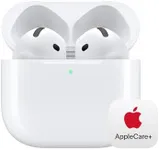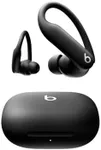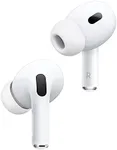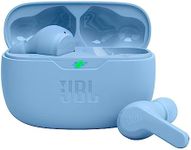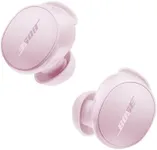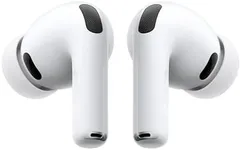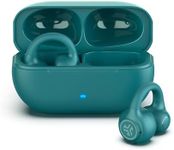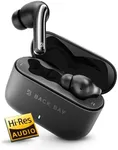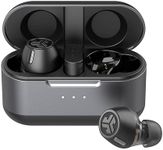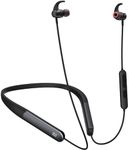Buying Guide for the Best Earbuds
Choosing the right earbuds can greatly improve your listening experience, whether you're into music, podcasts, gaming, or simply taking calls. Since earbuds come in a wide range of shapes, sizes, and features, it's important to consider how and where you plan to use them. Think about your lifestyle: do you need something for workouts, commuting, or mostly home use? Understanding your main needs will help you sift through the options and avoid being overwhelmed by marketing claims.Sound QualitySound quality refers to how good the audio coming from the earbuds will be in terms of clarity, balance, and richness of music or voice. This is important because better sound quality means a more enjoyable listening experience. Sound quality often varies in terms of bass (low tones), mids (voices and instruments), and treble (high tones). Some earbuds emphasize bass for genres like hip-hop, while others give a more neutral sound for all-around use. If you love deep bass, look for earbuds praised for strong low-end sound. If you value clarity and detail, a more balanced sound might suit you more. Try to find reviews or user feedback describing the sound profile, and think about the type of audio you listen to most.
Comfort and FitComfort and fit are about how the earbuds feel in your ears and how securely they stay in place. This is crucial, especially if you wear them for long periods or during physical activity. Earbuds come in different shapes, sizes, and with various tip materials (like silicone or foam). A good fit helps with both comfort and blocking outside noise. If you have sensitive ears or plan to wear earbuds for hours, look for ones known for their ergonomic design and multiple tip sizes. For workouts, stay-put designs or wing-tips may be better. Ultimately, consider your ear shape and usage habits when deciding.
Battery LifeBattery life measures how long the earbuds can be used before they need to be recharged. This matters because it affects convenience—fewer charges mean less hassle. Earbuds can have several hours of use on a single charge, with the charging case providing additional charges. Short battery life (around 3-4 hours per charge) may be enough for quick errands, while longer battery life (6-10+ hours per charge) is better for travel or extended listening. Pick according to how long you'll typically use them between charges—if you're often away from a charger, prioritize higher battery life.
Noise CancellationNoise cancellation is a feature that reduces unwanted background sounds so you can focus on your audio. There are two main types: passive (simply blocking the ear) and active (using microphones and speakers to cancel noise electronically). Active noise cancellation (ANC) is helpful if you use your earbuds in noisy places like airplanes, public transport, or busy offices. If you mostly use earbuds in quiet areas, you might not need this feature. Choose ANC if blocking noise is important for your comfort and concentration.
Controls and ConnectivityThis relates to how you interact with your earbuds—such as adjusting volume, skipping tracks, or taking calls—and how the earbuds connect to your devices. Many earbuds offer touch controls, buttons, or even voice commands. Some have quick-pairing features with certain devices or support for multiple device connections. Simpler controls are better if you want ease of use, while more advanced controls might appeal to tech-savvy users. Consider how much you value seamless connection and hassle-free controls in your daily routine.
Water and Sweat ResistanceWater and sweat resistance refers to how well the earbuds can handle moisture, which is especially important during workouts or in rainy weather. Earbuds are often rated with 'IP' numbers that show their protection level. For casual listening at home, this may be less important, but for outdoor or fitness use, look for earbuds with at least basic sweat or splash resistance. Think about your likely situations—if you exercise often or might get caught in the rain, water resistance is a must.
Microphone QualityMicrophone quality determines how clearly your voice is picked up during calls or when using voice assistants. This is significant if you make a lot of phone calls or attend virtual meetings. High-quality microphones with noise reduction make your voice clearer to others, even in busy environments. If calls are a priority, look for earbuds noted for excellent call quality. If you mostly use your earbuds just for listening, this may matter less.
